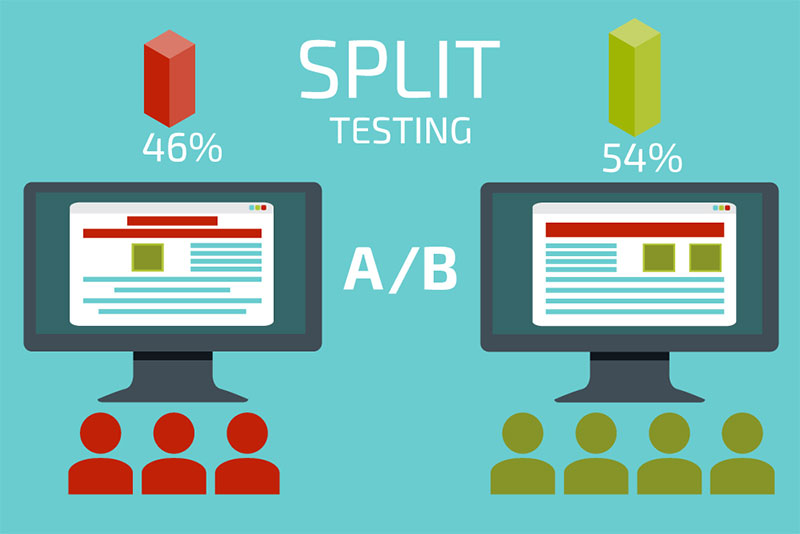Don’t Miss Out on the Value of A/B Testing
There isn’t a set formula for digital marketing. What works for one organization may be a big mistake for another. This is because there are far more variables with digital marketing than with print advertising, direct mail and other traditional forms of marketing. Not only do you have to consider your brand proposition and your supporting content and images, you also need to carefully determine the specific channels you’ll be using and how your audience will access them. One of the best ways to ensure that you’re hitting the mark and constantly improving your digital marketing campaigns is to use A/B testing, also called split testing.
Some marketing professionals shy away from A/B testing because it can be time-consuming, especially if there are multiple campaigns to track. Yet, it is one of the most effective methods of figuring out the right strategies and content for everything from website landing pages and email campaigns to PPC ads. Well thought-out A/B testing can help you hone in on exactly what are the most effective components of a campaign and then combine them for even greater success.
On-Site versus Off-Site A/B Testing
You have two primary options with A/B testing. You can test components of your own website and related pages or off-site marketing elements like ads and emails. With an on-site test comparing content on your website, the goal will likely be to determine which page generates more traffic or has a better conversion rate. With an off-site test, you will likely track the click-through rate or conversions from visitors to leads.
With either on-site or off-site A/B testing, you should have a specific idea of the results you are looking for. You already know baseline results from whatever you’re currently using (option A). This will be compared to an alternative to determine which one produces better results (option B). Tests should run concurrently to account for timing variations. A test launched today may produce different results to one started tomorrow even if they are exactly the same. Successful A/B testing results are contingent on splitting the traffic to evaluate the variations within the exact same timeframe.
What to Compare
Once you determine what you’ll be testing, list the possible variables that can be evaluated through comparison. It may be a single item, like a call to action button. If so, you’ll want to experiment with its location, text, size and color. There is an unlimited number of options for A/B testing from email headlines and landing page lead capture forms to taglines and colors on a banner ad.
How A/B Testing Specifically Helps Drive Results
Through this method of controlled testing, you gather empirical data that can help you identify the exact marketing strategies and content that are the most successful to promote your products or services. Many marketing directors are shocked when they first begin A/B testing and uncover that one minor variation on an email may double or even triple its success rate.
A/B testing shouldn’t be considered just a one-time, overnight project. Depending on the amount of traffic being received, a test should run from a couple of days to weeks. Giving a test sufficient time can eliminate skewed results.
When incorporated into a larger marketing plan and consistently executed, A/B testing can have a profound impact on your organization’s bottom line by producing hard evidence of what works and what doesn’t. With this information in hand, making marketing decisions stops being just a guessing game and becomes an exact science that can guide decisions with much greater certainty.




